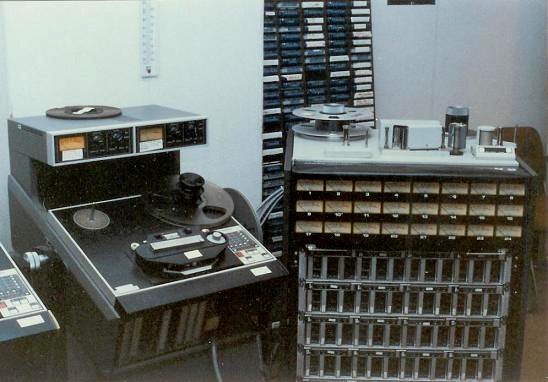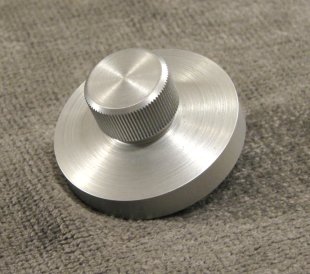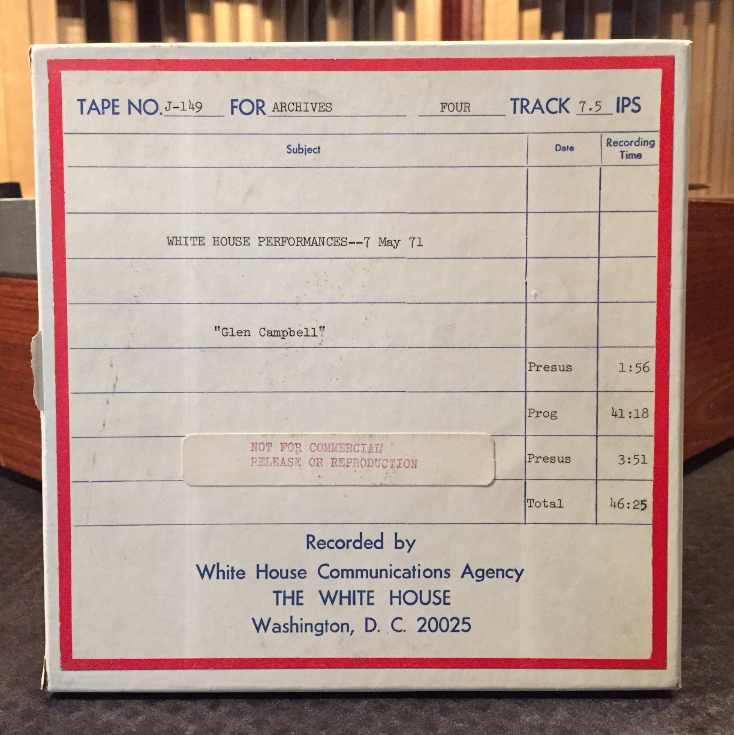When I'm editing in the middle of music I just about always edit by ear. I do need to tell you that easy navigation is absolutely necessary to good editing, meaning that you need to have good control of your transport and the ability to scrub over the edit area. From there, you learn to scrub back and forth and coordinate hand and ear to find the spot.
My first job out of recording school was at a facility that had Ampex ATR-102 tape decks in each control room. It's the one on the left below:

Notice the splicing block on the head stock. My wife would sometimes bring me lunch and find a hundred chunks of tape hanging off every flat surface around me as I worked on editing.
To this day these machines are considered the finest transports on the planet. People are rebuilding them and making a killing in the pro market. I can't believe we sold THIRTEEN of these when we moved on to higher technology. On the right of the head stack where the capstan usually was sat a "biasing" motor that the transport electronics used to apply pressure either backwards or forwards to make the other two transport motors stay in sync. On top was a knob:

You could take two fingers and spin the transport back and forth to hear the tape passage you were trying to edit. It was a rock-solid connection to the transport that allowed you to forget it and think only of the music. No-one has duplicated it since, and that is one of the reasons that these transports, with rejuvenated electronics, now sell for over five times what they did in the '70s.
Why am I telling you this? That ability to rock back and forth and aurally locate the edit point made things extremely tactile within the process. I've compared every system I've worked on since to these transports. I've got an ATR cue knob sitting in my home studio to remind me. These days at the studio I use Steinberg's Nuendo DAW program that has the ability for you to click on a location in the transport and then move the mouse left and right by degrees to "rock the reels" very much like I used to with the ATR. If the motion feels natural to you, you simply stop thinking about it and get on with the job. If the interface is tentative, hesitant, or if the transport has any tendency to run away, you'll find yourself lost in the interface.
The other element is your familiarity with the interface. You need to fritter with it and become so facile with it so that it is no longer an impediment but a comfortable tool. Burn some music into the system and practice taking out verses or choruses and/or measures. Throw some spoken word in and practice changing sentences.
You'll be integrating pin-point editing with musical knowledge and feel, because it doesn't matter how good you are at pin-point editing if you aren't making musical edits.
I've talked too much. Let me now if I can help.
Bob
We've still got analog transports in the house and I've still got my EdiTall edit blocks, splicing tape, wax pencils, and leader tape around, but I haven't made a physical splice in a while. I've fixed some splices on archived tapes that have been baked and treated while I restored or remastered them, though.
Oh, and this was my last significant restoration:

More about that,
HERE.